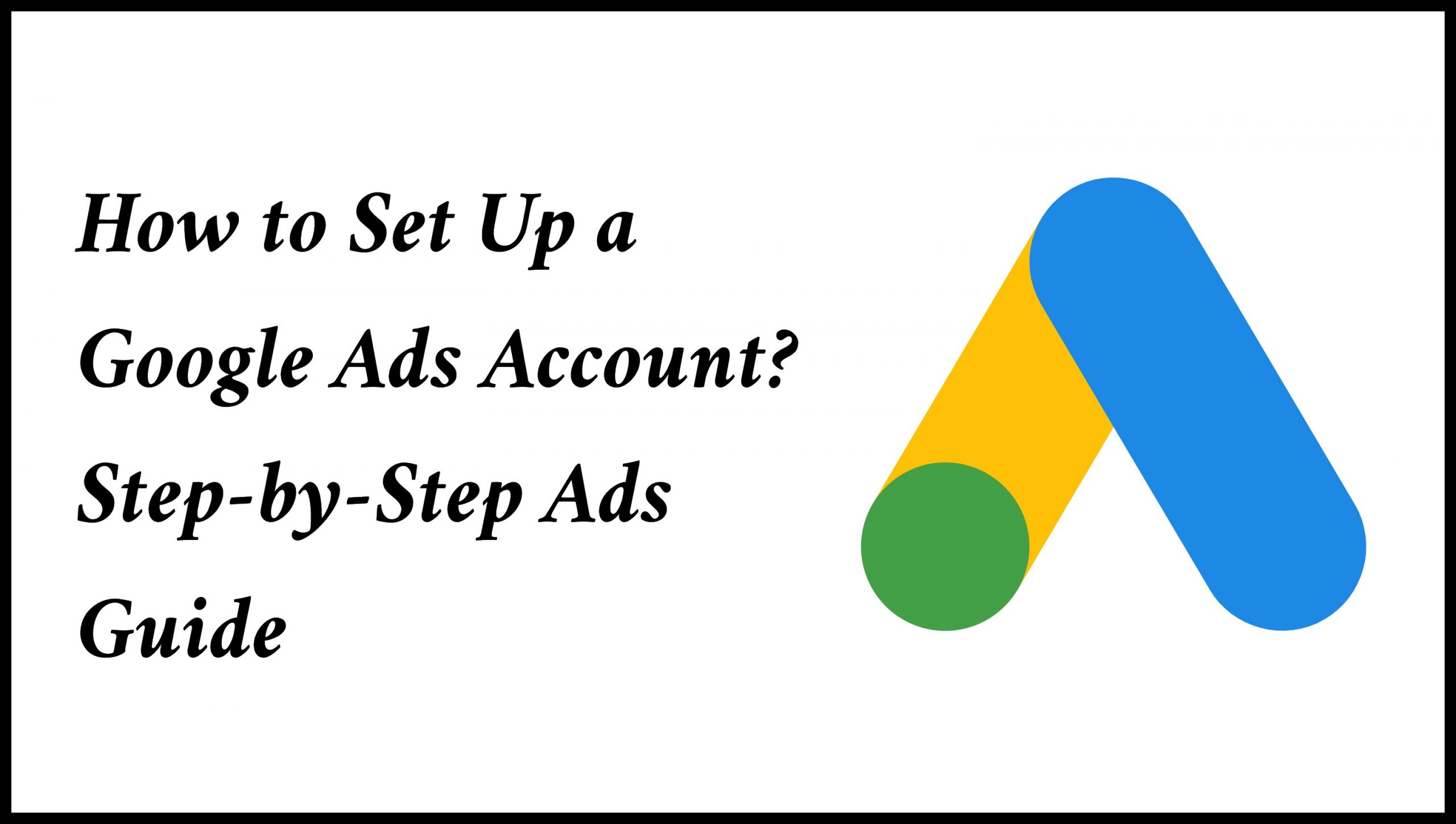How to Set Up Google Ads Account? Step-by-Step Ads Guide

Google Ads is a great place to begin if you’re trying your hand at online advertising. It is the best way to help you get the right people to visit your website, regardless, of whether it is a product or service-based site. In this blog, I am going to walk you through the steps, on how to set up a Google Ads account.
What is Google Ads?
Google Ads is an online advertising platform where businesses pay to have their ads appear on Google’s Search Engine and other places. It uses a pay-per-click model— which is as simple as it sounds, that is you have to pay when someone clicks on your ad. This way you can increase your brand exposure to the eyes of an appropriate audience efficiently without spending resources on ads that are not fruitful.
So, now that we are clear on some of the important core basics, let’s get started on your Google Ads account setup step by step.
Steps to Set Up a Google Ads Campaign:
Step 1: Create Your Google Ads Account
To create your Google Ads Account, follow these steps:
1. Go to Google Ads‘ main page.
2. Click on “Start Now”. If you have a Google account, simply log in. If you don’t, then you will be supposed to make one.
3. Follow the displayed instructions, where Google will ask you some questions, like your business name and website.
4. Once done, you’ll be forwarded to the main Google Ads dashboard, where you can start creating your first campaign.
Step 2: Set Your Campaign Settings
This is where you define what you want your ads to achieve and whom you want to reach.
1. Select a campaign type
In Google Ads, there are different types of campaigns: Search, Display, Video, Shopping, etc. For simplicity, let’s say you choose “Search” as your campaign type for now. That means your ad is going to appear on the Google search results page every time people search for the keywords that you decide on.
2. Set Your Goals
It will then ask you to choose a goal for your campaign, be it website visits, phone calls, or leads. Select from the given options that best suits what you want to do.
3. Target Audience
Next, Google wants you to narrow down the audience to who you want to see your ads. You may define specific locations, age brackets, gender, and even languages.
4. Budget and Bidding
Google Ads permits you to define your everyday budget as well as the bid amount (what you want to pay per click). It will suggest recommendations based on what you tell your campaign goals are, but you have to pick the best fit according to your needs.
5. Create Your Ad
The next step is to write the actual text of your ad. Keep it plain and simple. Add a CTA, so people tap on your ad.
Step 3: How to Set Up Conversion Tracking in Google Ads
So, you have your campaign ready and it is live. But how do you get to know if it is actually doing anything? That’s where conversion tracking comes into the picture, this is how you can do it:
1. Select “Conversions” from Tools & Settings in the Google Ads dashboard.
2. Click the + button to create a new conversion action. You can track website actions, app installs, phone calls, or in-store visits.
3. Your first task is to add a tag, which is just a small snippet of code on your website if you are tracking website conversions. But don’t fret, Google provides very good instructions and if you are using a platform like WordPress or Shopify they too have very simple integrations.
Once you do this setup, you can see what your ads are doing in real-time.
Step 4: Tips for Successful Google Ads Campaigns
Get ready before you launch your campaign to optimize for success:
1. Relevant Keywords
Keywords are among the most important factors influencing Google Ads campaigns. Make sure that the keywords are relevant to your business and stay away from generic ones that might get quicker clicks from users who are not even interested in what you offer.
2. Monitor Your Ads
Google Ads are not a – “set it and forget it” kind of thing. If a keyword isn’t working, change that one. If a certain ad type is performing better, allocate more of your budget there.
3. A/B Testing
Test multiple ads, and don’t just stop at one, which means—create variations of your ad and test which one performs better.
4. Optimize for Mobile
More people search on mobile devices than ever before, so make sure your ads look great on mobile.
Final Thoughts
Setting up a Google Ads account could be overwhelming when you have to do it for the first time, but just follow these steps, and you will run an effectively organized campaign.


